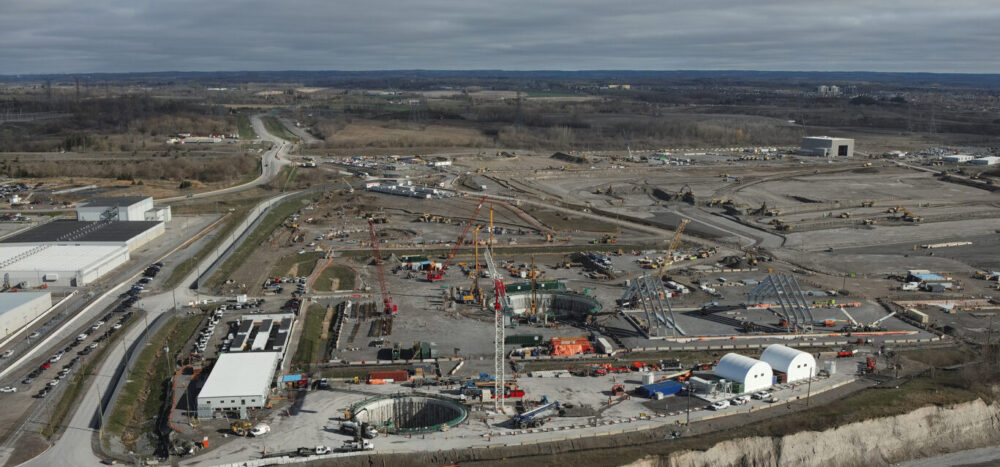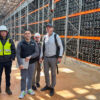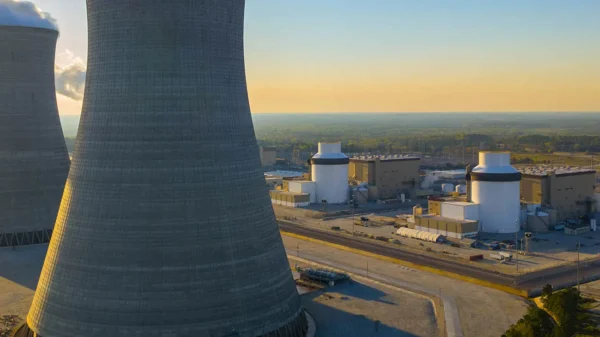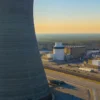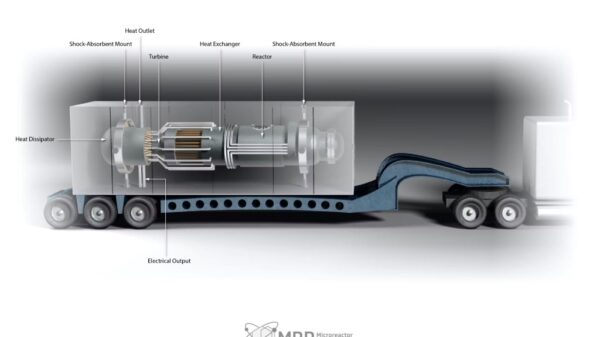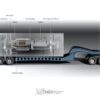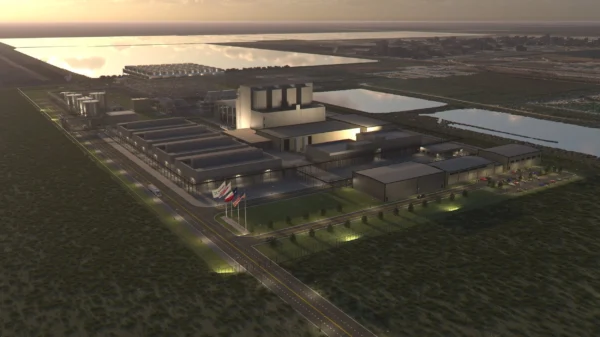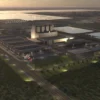The Province of Ontario is close to spending CAD$21 billion to build four small modular reactors at the Darlington Nuclear Generating Station.
Officials said on Friday that construction on the first modular reactor at the Darlington station will start this year, and should be finished by 2030.
Last month, the Canadian Nuclear Safety Commission approved Ontario Power Generation’s (OPG) plan to build a reactor in Bowmanville. OPG will construct the first of four planned reactors at the site. The Independent Electricity System Operator said electricity demand could rise 75 per cent by 2050.
Energy Minister Stephen Lecce is pushing to increase the province’s reliance on nuclear power. The new reactors aim to meet Ontario’s growing electricity needs.
The plan also calls for exploring a large new plant at Bruce Power in Tiverton, Ontario. Officials are considering building another nuclear plant near Port Hope. They also plan to refurbish units at the Pickering nuclear plant to extend its life.
The Darlington New Nuclear Project marks Ontario’s first new nuclear build in over 30 years.
In April, the Canadian Nuclear Safety Commission gave OPG a Licence to Construct the first of four BWRX-300 reactors. Aecon announced the news the same day Ontario approved construction for the CAD20.9 billion project. Crews began site preparation in autumn 2022.
They have already procured several long-lead items, including the reactor pressure vessel.
Aecon Kiewit Nuclear Partners will work with OPG, GE Vernova Hitachi Nuclear Energy, and AtkinsRéalis (TSE: ATRL) (OTCMKTS: SNCAF) during the execution phase. The company will handle project management, construction planning, and execution.
Read more: Global Laser Enrichment presents novel way to enrich uranium without environmental damage
Read more: Limited global uranium reserves could be gone by 2080
Small modular reactors can be deployed quickly
Next-generation nuclear reactors aim to deliver safer, more efficient, and lower-emission energy to meet growing global power demands. These advanced reactors include designs like Generation IV systems, which promise better fuel efficiency, longer operating lives, and improved safety features. They use innovative coolants such as molten salt, gas, or liquid metal, which allow reactors to operate at higher temperatures while reducing the risk of meltdown. Several of these reactors also offer the ability to consume existing nuclear waste as fuel, making them attractive for long-term sustainability and waste reduction.
A key development in the field is the rise of small modular reactors. The government can deploy these compact, factory-built systems more quickly and in more locations than traditional large-scale reactors. With a smaller footprint and simplified designs, SMRs offer enhanced safety features and lower upfront capital costs.
Canada leads in SMR development, with Ontario Power Generation building the first commercial SMR at Darlington. The United States, through companies like NuScale Power Corp (NYSE: SMR) and TerraPower, is also pushing forward with SMR projects.
In Europe, Romania plans to deploy NuScale SMRs with U.S. support, while the UK has invested in Rolls-Royce’s SMR program. Additionally, countries such as South Korea and China are actively pursuing SMR technology for both domestic use and export. These efforts highlight the global momentum behind SMRs as a flexible, low-carbon energy solution that complements renewables in the transition to a cleaner energy grid.
.

